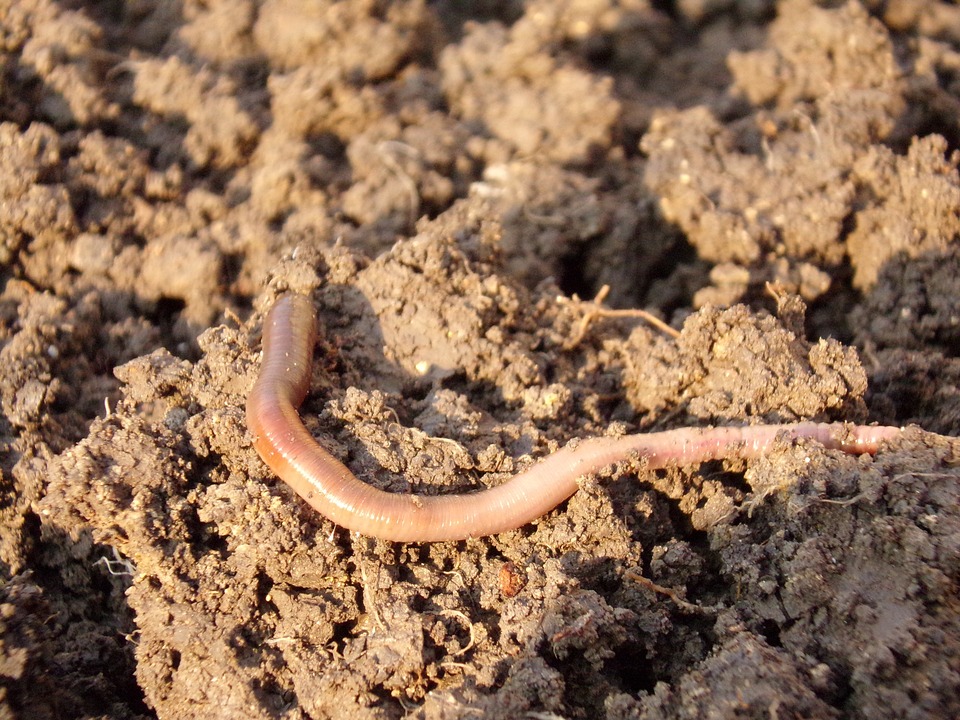Introduction
Healthy soil is the foundation of a successful garden. Whether you’re growing vegetables, flowers, or ornamental plants, taking care of your soil is crucial for optimal plant growth and productivity. In this article, we will explore the essential steps you need to take in order to ensure your soil remains healthy and nutrient-rich.
1. Test Your Soil
Before you start any soil improvement activities, it’s important to understand the current state of your soil. Soil testing can provide valuable information about the pH level, nutrient content, and organic matter present in your soil. You can either purchase a home soil testing kit or send a sample to a local agricultural extension office for a more comprehensive analysis.
2. Amend the Soil
Based on the results of your soil test, you may need to amend your soil to adjust its pH level and nutrient content. Adding organic matter such as compost, manure, or leaf mold can improve soil structure, enhance water retention, and provide essential nutrients to plants. Additionally, the gradual decomposition of organic matter adds valuable humus to the soil, improving its fertility over time.
3. Practice Crop Rotation
Crop rotation is a practice that involves planting different types of crops in different areas of your garden each year. This helps prevent nutrient depletion and soilborne diseases that can build up over time. By rotating crops, you can also disrupt the life cycles of pests, reducing their impact on your plants. Be sure to plan your crop rotation carefully to maximize its benefits.
4. Mulch Your Soil
Mulching is a simple yet effective way to conserve soil moisture, suppress weed growth, and provide a protective layer for your soil. Organic mulches like straw, wood chips, or shredded leaves break down over time, further enriching the soil with organic matter. Apply a thick layer of mulch around your plants, leaving a small gap around the base to prevent rotting.
5. Avoid Overwatering
Overwatering can lead to waterlogged soil, which can suffocate plant roots and promote the growth of harmful pathogens. It’s important to water your plants in moderation and only when necessary. Regularly check the moisture level of your soil by inserting your finger about an inch into the soil. If it feels moist, hold off on watering until it’s slightly drier.
6. Encourage Beneficial Soil Organisms
A thriving soil ecosystem is essential for healthy plant growth. Encourage beneficial soil organisms such as earthworms, bacteria, fungi, and other microorganisms by minimizing the use of synthetic fertilizers and pesticides. These organisms help break down organic matter, release nutrients, and improve soil structure. Adding compost and practicing minimal tillage can also enhance the biodiversity of your soil.
7. Regularly Add Organic Matter
Continuously replenishing your soil with organic matter is key to maintaining its health and fertility. Add compost, well-rotted manure, or other organic materials to your garden beds at least once a year. This will not only provide essential nutrients but also improve soil structure, water retention, and the overall vitality of your plants.
FAQs
What is the ideal pH level for healthy soil?
The ideal pH level for most plants is slightly acidic to neutral, around 6.0 to 7.0. However, different plants have specific pH preferences, so it’s essential to check the specific requirements for the crops you intend to grow.
How often should I test my soil?
It’s advisable to test your soil every 2-3 years or whenever you notice a decline in plant health or productivity. Testing before the start of each growing season can help you make necessary adjustments for optimal plant growth.
Can I use chemical fertilizers instead of organic matter?
While chemical fertilizers can provide quick nutrient fixes, they do not to contribute to long-term soil health. Over-reliance on chemical fertilizers can disrupt the natural balance of nutrients and harm beneficial soil organisms. It’s best to use organic matter to nourish your soil gradually and sustainably.
How deep should I apply mulch?
Apply a layer of mulch around 2-4 inches deep. Avoid piling mulch directly against plant stems or tree trunks to prevent rotting and the risk of pests and diseases.
Can I mix different types of compost in my soil?
Mixing different types of compost can enhance soil fertility by introducing a wider range of nutrients and beneficial microorganisms. However, be mindful of the specific needs of your plants and avoid using compost that may contain weed seeds or pathogens.




